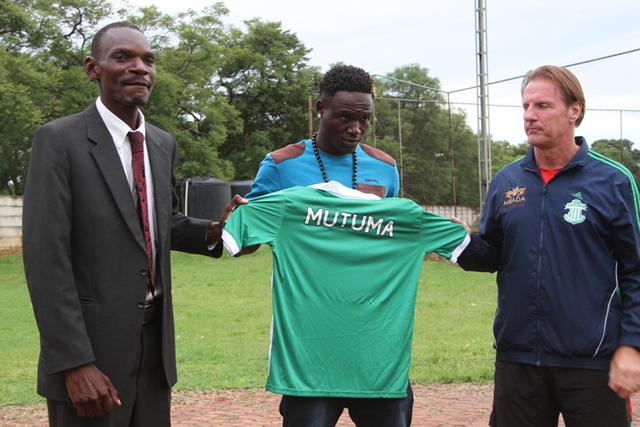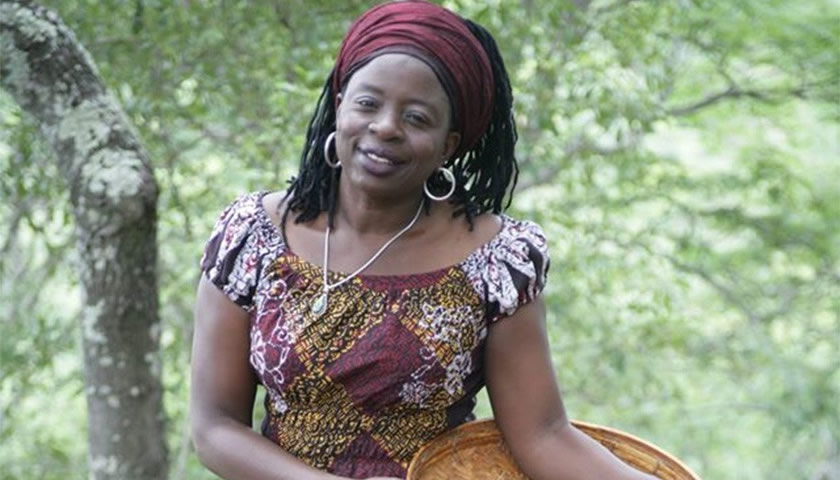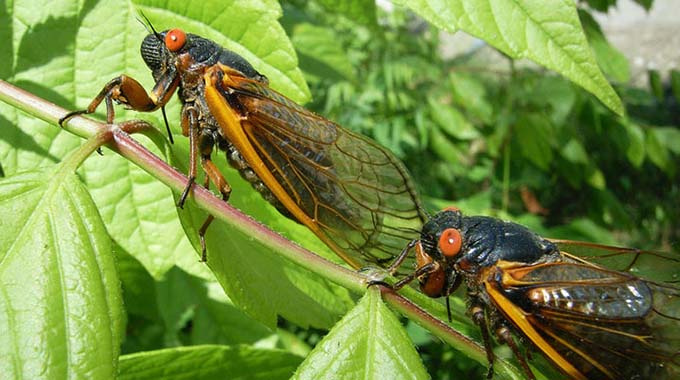Mourning our chiefs on Facebook
Sekai Nzenza On Wednesday
“Haa, the chief has just died,” said my cousin Reuben looking on the Facebook page on his Iphone. I said nothing. “Did you not hear what I just said? I said, Chief, Mambo, is dead.” Then I casually replied, “Heya?” Meaning yes or Ok or possibly questioning what Reuben had just said. Reuben then went on to text furiously to whoever had broken the news of the chief’s death to him on Facebook.
“If you had Facebook, you would just log on and know that the Chief is dead,” Reuben said.
He sat in the passenger seat.
Reuben is my cousin, the one who lives in Australia, but has been coming back home to the village very often.
He really should assist me with driving but he prefers to film and take pictures of the various orange, red, blue and purple clouds of the sunset. On the way to our village, the sunset views over the mountains remain magical, even though I see them all the time.
We were on our way to the village farm. Sitting in the back seat was my cousin Piri, as usual. She placed a beer bottle gently between her legs, leaned over and sticking her face between the two front seats she said, “Manzwa nani kuti Mambo afa?” Who told you that the chief is dead?
Reuben said there was a message from one of his Facebook friends from Zimbabwe who was leaving in Manhattan, New York. He did not know the friend personally, but they got connected somehow because they are both from Hwedza.
Reuben read the message on Facebook slowly and in English.
The message read: “My Darling Sekuru passed away a few minutes ago in our kumusha. What a great guy he was. He was the Chief and the King, gentle, nice, generous, gorgeous, and handsome and the best man who ever lived on this earth. He had the best teeth and the best smile. May my darling Sekuru rest in peace.”
Then Reuben typed in his condolences, saying our thoughts are with you.
“You won’t believe this. In less than 30 minutes of the chief’s death, 25 people have commented on Facebook already and two people said they like this. Not sure there is anything to like though. This is just outright sad,” said Reuben, typing away.
“Since when did the death of a chief become public knowledge like that?” asked Piri. She was chewing gum in between drinking her beer.
I looked at her from the rear view mirror and thinking to myself, I came to the conclusion that beer and gum should not be consumed together.
The taste must be terrible.
“Ever since technology came, nothing is sacred anymore. You cannot hide the fact that a chief is dead. And why should you hide it anyway? Let the world know quickly and those who want to fly over for the funeral can book their tickets and get home in time for the burial,” said Reuben, putting his Iphone away.
Driving along, I recalled the death of Chief Kwenda, who died just before the liberation for independence reached our village.
He was the chief of the VaNjanja people and brother to my grandmother, Mbuya VaMandirowesa. Late one night, my father’s cousin, Bhoyibhoyi arrived.
Bhoyibhoyi was his real name.
He was this giant of a man with feet that looked inwards.
He used to walk with the sides of his feet. These days, they call that disease congenital clubbed feet and it can be treated by operations when one is a baby. After some time in plaster, the feet become flat and a child can grow up to be a man who walks up straight.
But this was not so for Bhoyibhoyi, my father’s cousin from the Kwenda royal family. On the night he arrived, we the children looked at his feet under the golden light of the paraffin lamp.
He greeted us all as he often did. He was always the messenger of news between our village and Mbuya’s maiden home.
What was it this time, another kurova guva ceremony coming up?
Another rain-making ceremony or simply the beer to drink to the thirst of the ancestors whereby the VaNjanja and the Vahera of the Mutekedza totems gathered with others from the Crocodile and Elephant totems. Bhoyibhoyi was given food and they talked about everything else except the purpose of his visit.
But we knew it was something serious because Bhoyibhoyi was not joking with us the way he often did.
We were all told to retire to bed and the elders closed the door of the hut. In hushed tones they talked till late into the night. At dawn, Bhoyibhoyi left with my mother on the long walk to Kwenda.
We did not see her for two weeks.
But while she was there, we heard through village rumours that she had been summoned to care for the chief in his final moments of death.
That was the work of a daughter-in-law, muroora, because she was not related to the chief by blood.
Therefore, she could see his nakedness. My mother was sworn to secrecy.
When she returned home two weeks later, people gathered in our hut and my mother told and retold the story of how she had helped nurse the chief, oiled him and fed him in his last moments.
She said, with the help of Bhoyibhoyi of the clubbed feet, they had taken the seriously ill chief to an isolated hut at the edge of the village compound when he was nursed by his senior wife, VaHosi, my mother and other close relatives.
My mother saw the chief take his last breath. Then the elders were called in. They gathered around the chief and checked the arteries on the neck, his eyes and his mouth to see if life was truly gone out of him. Then they talked to the ancestors and said one of their own was now on his way to join them.
The chief’s body was quickly placed on his right side and his legs were folded upwards. His arms were folded in front of his chest and his hands then rested below the chin. There was silence as this folding of the dead, kupeta munhu, was being done.
They shrouded him in his royal hide and carried his body to the caves on a mutararo, or a stretcher made of poles and bark. In the caves, they placed him next to a row of embalmed royal ancestors who sat according to the time they left this earth. Certain lamentations and totem praises were given. Then the mourners left the sacred caves in silence.
For a whole week, my mother and the other women swept the homestead and smeared cow dung mixed with charcoal in the chief’s royal hut. The zumbani shrubs were used to counteract unpleasant smells that may have lingered around after the chief’s death.
When everything was smelling nice and clean, like nothing had happened, beer was brewed and one day at sunset, the people gathered again.
The mbira players were brought in and the music started. Sorrowful songs to tell the story of the dead began. There was a certain mbira and drum sound that told the people that the chief had departed to the other world.
It was only after the mbira had started that women broke into loud wailing. By then, a new successor had already been appointed.
As muroora, my mother danced and made skits in jest. This was part of her role to make light of a serious and sad situation.
So we learnt about the death of our chief on Facebook last Friday. I ought not to write about this either. But the Chief’s name is already on Facebook.
During his funeral, photos of him in death will be flying around on Whatsup and on all kinds of social media.
This chief is not going to join his ancestors in the caves either because the old caves are not scared anymore.
Besides, hardly anyone knows where the royal ancestors are buried. Those who knew the sacred burial places have since died, leaving no hand-drawn maps.
The mourners will dig six feet under and bury the chief on the anthill, like he was an ordinary person.
The loss of sacredness in the death of chiefs started when the first European explorers, missionaries and gold seekers arrived here a long time ago.
Chingaira, the great Makoni chief who resisted the British at Mount Mhanda, in Maungwe, near present day Rusape was not given a royal burial.
During the war of resistance to British rule, Chingaira was beheaded on 4 September 1896 by an Englishman called Watts who took the head to England for display. The head was never buried. It is still there. Over the years, our kings and our chiefs continue to die.
We no longer know how to talk about their deaths or how to give them the dignity of silence. Where does technology stop and say, pangu pakwana, my role is done, then let the secret tradition of burying royalty take over?
Dr Sekai Nzenza is an independent writer and cultural critic.









Comments